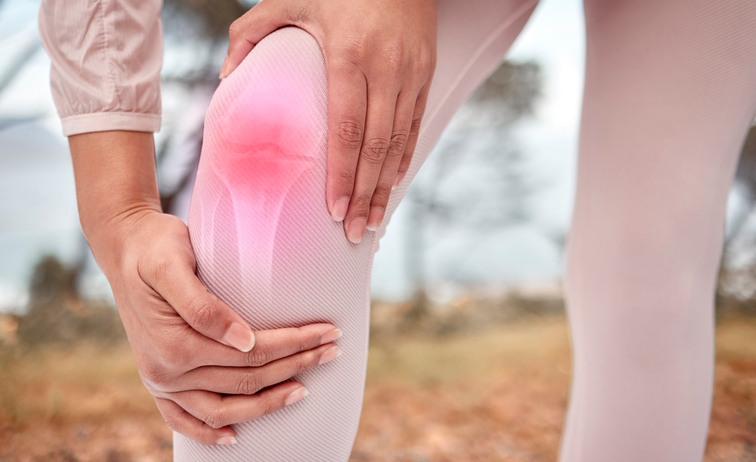By Lydia Churchill
Iliotibial Band Friction Syndrome (ITBS) is an overuse injury often affecting runners, cyclists, military personnel, skiers, and many other athletes, especially female athletes. The repetitive motions of flexion and extension of the knee during activity can result in irritation of the iliotibial band (ITB) as it runs over the lateral femoral epicondyle. This results in symptoms on the outside of the knee.
What is the ITB?
The ITB is a dense fascial continuation of the tensor fascia lata, gluteus maximus, and gluteus medius muscles of the hip that connects all the way down to the lateral aspect of the knee. The ITB helps to extend the knee when the knee is moving through the last 30 degrees of knee extension and helps to flex the knee when the knee is moving further than 30 degrees of knee flexion.
Characteristics of ITBS:
Some symptoms include aching/burning pain, swelling, occasionally a “snapping” sensation/sound during bending of the knee. Pain is often felt during the heel strike of the gait cycle, going down stairs, or when participating in any of the aggravating repetitive activities causing the irritation.
Risk Factors:
Repetitive knee flexion/extension, decreased hip abductor strength, increased hip adduction during running and walking, running on uneven surfaces, ITB tightness, overpronation of the foot during weight bearing, over-supination of the foot during weight bearing.
How to treat ITB:
Conservative methods of treatment are generally the first approach to treating ITBS. Physical therapy is one of the main methods of conservative treatment consisting of ITB massage, activity modification, gait retraining, ice, strengthening hip abductors, stretching the ITB, and more. This can reduce pain, swelling, and help the affected individual return to sport. Surgery can be an option if nonoperative treatment is not enough. Steroid injections, orthotics, rest, and NSAIDS are also used to treat ITBS symptoms.
Citations:
• Hadeed A, Tapscott DC. Iliotibial band friction syndrome. StatPearls. 2023 Jan. https://www.ncbi.nlm.nih.gov/books/NBK542185/
• Lavine R. Iliotibial band friction syndrome. Curr Rev Musculoskelet Med. 2010 Jul 20;3:18-22. doi: 10.1007/s12178-010-9061-8.
• Bolia I, Gammons P, Scholten D, et al. Operative versus nonoperative management of distal iliotibial band syndrome—Where do we stand? A systematic review. Arthroscopy, Sports Medicine, and Rehabilitation. 2020;2:399-415
• Iliotibial Band Syndrome. Physiopedia. (n.d.). https://www.physiopedia.com/Iliotibial_Band_Syndrome
If you have been diagnosed with Iliotibial Band Friction Syndrome, contact us today via our contact form, or call us directly at our physical therapy clinics in Malta, Saratoga, Delmar or Queensbury at 518-289-5242 for a personal evaluation, and find out how we can get you feeling better!






